I a looking for a schematic of a circuit to built an adjustable current source capable of delivering up to 40A.
I am building a battery with 18650 cells. These cells will be individually fused using a cell level fusing method like this:
The idea is to connect the battery to the main bus with a wire that can carry the current under normal load. In case of a short of the cell, the other cells in parallel will discharge into the short and blow the fuse. The faulty cell will be isolated.
The tricky point is to choose the correct fuse wire gauge to ensure:
- that it will not heat up too much under normal load
- that it will blow when the other cells discharge into a short.
I have looked at current tables, but I'd like to test it for real. I would need a circuit that generate an adjustable current up to 40A. I would increase the current from normal operation to fuse blow, to check the behavior of difference wire gauges.
Do you know of a circuit I could use to get this functionality? Maybe using a strong LiPo battery with some kind of current limiter?
[UPDATE:] On another forum (not dedicated to electronics), I got this schematics. Does it makes sense to you? I'd change the resistor for 5 mohms (200 mV range for 40 A and 10 W in the resistor). The power side would be a car battery.
Here is the link : https://endless-sphere.com/forums/viewtopic.php?f=14&t=96779#p1417904

Could you give me your opinion as electronic experts? Side question: Do I need a gate resistor to feed the FET or do I connect it directly to the Amp pin?
@andy aka published a comment asking details on how I plan to overcome thermal runaway of the FET. I have no idea, my knowledge in electronic is low. I planned to use a FET rated for high current (IRF1404Z with Rdson of 3.5 mohms) and use a huge heatsink. If there is a way to use several FETs in parallel to lower the charge on each, I would be glad to read about it!
